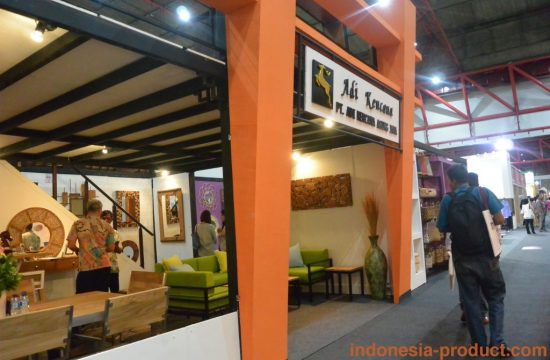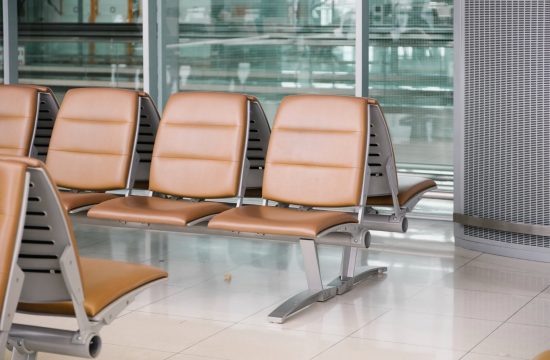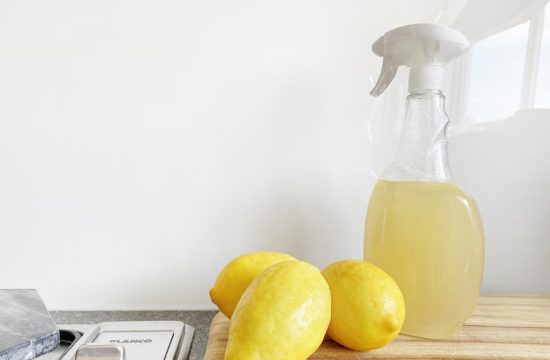Literally, an inner court means an inner yard, namely the yard inside the house. There are also those who define an inner court as an open space in the house surrounded by various rooms. The inner court is nothing new. The inner court has existed for thousands of years. Roman, Japanese, and Mexican architecture have long recognized and implemented inner court designs.
House designs with inner courts have various advantages. The inner court can be a warm center of social activity for the members of the house because it is located close to every room in the house. The inner court design can cool and stabilize the air temperature in the house through natural air ventilation. The inner court design will also provide natural light in various corners of the house.
A house design with an inner court is a good alternative for houses with a limited front or back yard. Not only that, the inner court design still provides privacy for house members who want to relax without any disturbance from the surrounding environment.
However, the inner court design needs extra maintenance and cleaning regularly, especially for inner courts that are completely open and have trees with many leaves falling off. Due to its open nature, mud splashes can hit the floor or surrounding rooms when it rains. The design of an inner court with a pool has mosquito and moss risks if it is not maintained regularly. Therefore, proper inner court design is needed to prevent these problems.
Where is the ideal position of the inner court?
There is no requirement regarding the position of the inner court in the house. Ideally, the design of a house with an inner court considers areas with additional intake of fresh air and sunlight. Therefore, the inner court design is often positioned in the center of the house, surrounded by other rooms. There are inner court designs placed on the side or back of the house, for example in front of the family room or kitchen so that the atmosphere is fresher and livelier.
–sh












